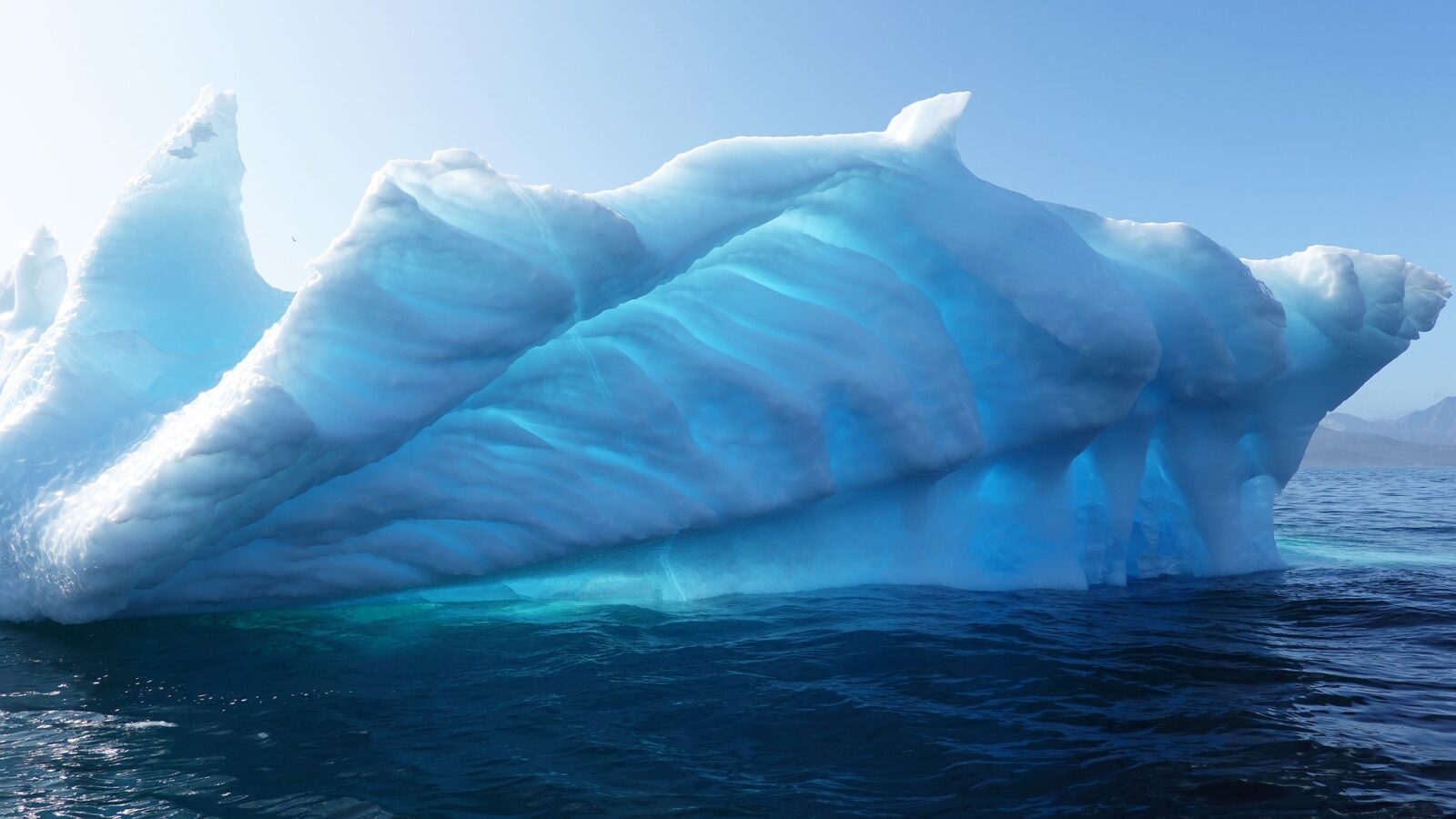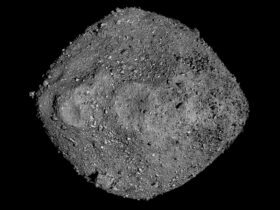In the 2004 film “The Day After Tomorrow,” scientist Jack Hall examines the Antarctic past only to discover an oncoming Ice Age, popularizing paleoclimatology.
Paleoclimatology may help us understand the present and future implications of climate change.
The new Greenland ice sheet study demonstrates how far into the future we can see – and it’s not pleasant.
Investigating Historical Ice
The Greenland ice sheet, a vast body of ice encompassing 1.63 million kilometers, showing dramatic modifications between the last interglacial period 125,000 years ago and 2100, according to research published in the journal PLOS ONE.
For the first time, the research estimates the gravity of the consequences that might occur if the Greenland ice sheet melts as a result of increasing temperatures, with important implications for the effect of present climate change.
“The history of the ice sheet in the past informs us that the reaction of ice volume to climate change is delayed by many millennia,” says Hu Yang, study co-author and researcher at the Alfred Wegener Institute Helmholtz Center for Polar and Marine Research.
Important Discoveries
According to Inverse, three significant conclusions arose from the scientists’ simulations, which predicted the Greenland ice sheet across time:
Even though the significant climatic shift began many thousands of years before these dates, the ice sheet reached its highest and lowest volumes about 17 to 18,000 years ago and 5 to 6,000 years ago, respectively.
According to the researchers, changes to the Greenland ice sheet required “several millennia” to catch up with genuine climate change events.
Greenland’s environment became colder 8,000 years ago through the pre-industrial period.
Until the second part of the twentieth century, the Greenland ice sheet increased significantly.
However, temperatures started to climb with the Industrial Revolution in the 1850s.
In other words, the effect of global warming on the bulk of the ice sheet has been postponed.
All of this implies that we won’t be able to witness Greenland’s ice sheet melt in real-time as global temperatures continue to rise alarmingly.
We may have to wait millennia to see the full impact of climate change on the ice sheet.
Climate Changing Slowing
“The findings suggest that [the Greenland ice sheet] has slowed climate change in the past and will continue to do so in the future,” Yang says.
The study also shows how earlier climatic change, or paleoclimate, has a long-term influence on the current melting of the Greenland ice sheet.
Yang also claims that previous climatic variations must have influenced the development of the Greenland ice sheet.
Investigating Various Models
The researchers employed multiple earth system and ice sheet models, including one produced by the Alfred Wegener Institute, to forecast changes in the size of the Greenland ice sheet between 125,000 and 2100.
The researchers’ scary new findings on this massive Arctic ice sheet demonstrate how the past affects the present.
According to Science Direct, scientists have already proven a link between global warming and melting ice in Greenland and the Arctic Circle.
The effects of glacier melt are already seen, with rising sea levels presenting a severe threat to coastal communities.
“In the worst-case scenario of global warming, melting of the Greenland ice sheet might raise sea level by tens of millimeters within this century,” says Hu Yang, study co-author and scientist at the Alfred Wegener Institute Helmholtz Center for Polar and Marine Research.
However, according to this new research, we may not see the worst effects of ice melt in our lifetimes, perhaps leading us to underestimate the grave impacts of climate change on both this vast ice sheet and sea-level rise.












Leave a Reply